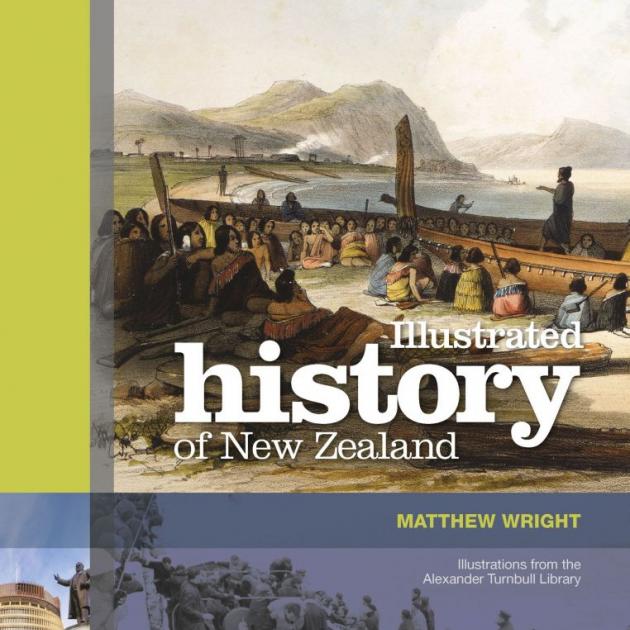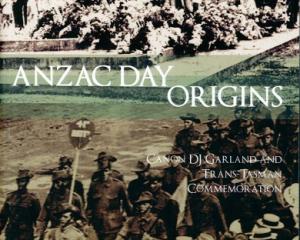
Last decade, within a few years of each other, Bronwyn Dalley and I co-edited Frontier of Dreams, Matthew Wright wrote the Reed Illustrated History of New Zealand and Penguin messed with its highly successful formula of Michael King's Penguin History of New Zealand to issue a rather puzzling illustrated hardback version.
Frontier and the illustrated King are gone, but Matthew Wright is back with a new publisher. The first thing that hits you is that visually, this new book is a big improvement. Reed had a habit of killing the impact of photographs by printing them badly on inferior paper, resulting in greyish, mushy images, OK for cheap, lightly illustrated books but not for an illustrated history. Even so, it sold well.
Bateman, an old hand at producing sumptuous books, has gone for brighter, thicker paper. Even allowing for the quality of some very old originals, the book looks a lot better. Wide margins provide ample scope for extended captions.
The new Illustrated is a large-format paperback with flaps. It contains an impressive 600 images. Wright illustrates the last chapter with his own photography, but virtually all the rest, as with the earlier Reed version, come from the Alexander Turnbull Library. This is a strength in that the ATL's holdings are the country's biggest, but also a slight disappointment in that regional variation is reduced and owners of the Reed edition may feel there's too much of a sameness to encourage them to invest again.
But the pictures are only part of the book, for despite its title, the Bateman book contains a substantial, meaty text. Although there are again 10 chapters, each carrying the same title as its 2004 counterpart, a close reading of the text shows many changes.
Wright calls this ''in many ways, a new book''. Having twice rewritten old books, I know that a good second edition is often virtually a new book. More books and sources come to light and just as importantly, the historian's knowledge and skills improve.
Although the story has been extended by nearly a decade to 2012, the book's overall thrust has not changed dramatically. Wright has woven in evidence from new sources, but the changes, though considerable, are overwhelmingly stylistic as a comparison between 2004's page 336 and 2013's page 430 (Muldoon's defeat and the arrival of Lange and Douglas) shows; ''draconian'' controls has been replaced by ''ever-tighter''.
There's the odd glitch, as you might expect of a book covering such a vast territory. Norman Kirk did not name Waitangi Day. His administration called it New Zealand Day, a name Muldoon promptly dropped. Trains, cars and planes fascinate him more than ships, but that's a personal choice.
But that does not detract from the book's overwhelming success. Wright has covered a lot of ground, engaged with the best of current historical and archaeological thinking and served up a lively, sound general history of New Zealand for the general reader.
Bateman should also take another bow, the $49.99 RRP is a bargain these days for such a massive, profusely illustrated book.
- Gavin McLean is a Wellington historian.


